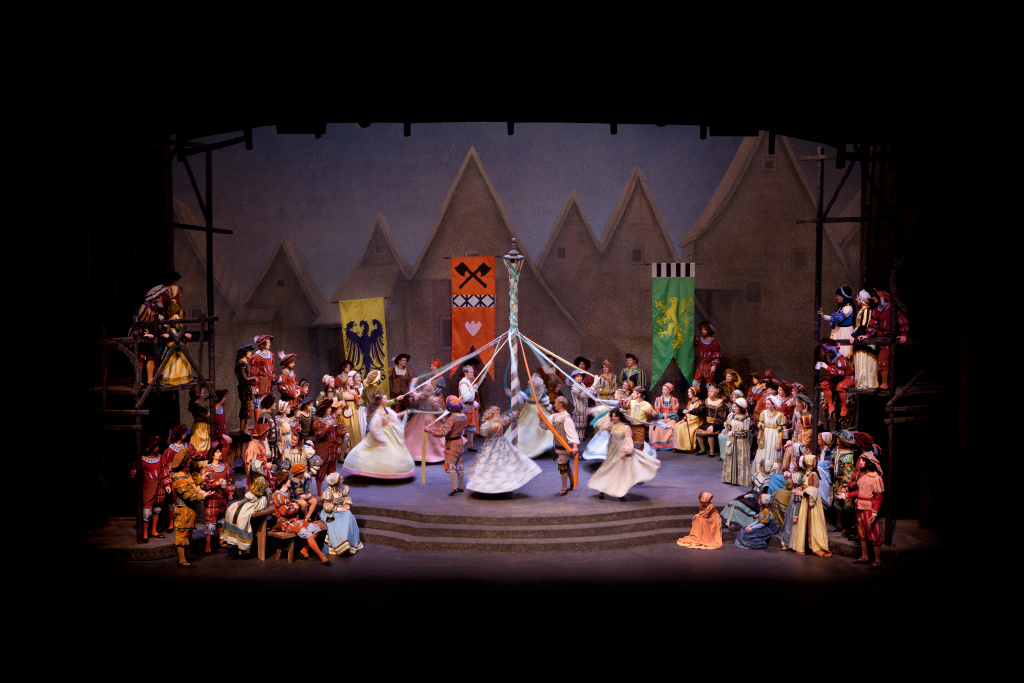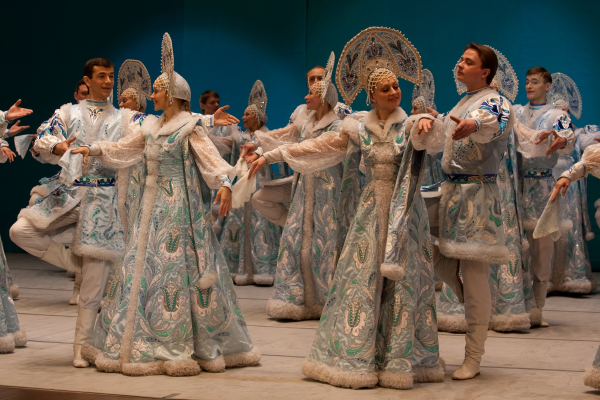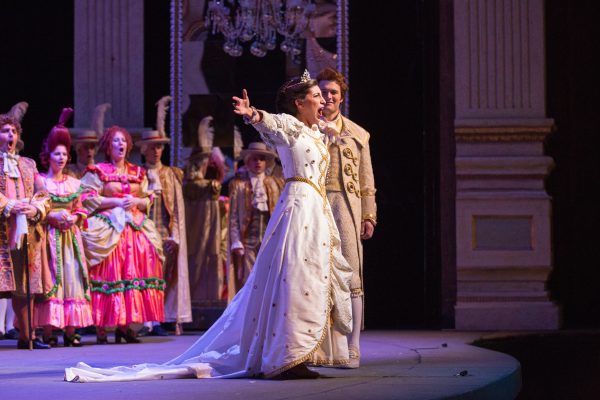The definition of dance has evolved throughout the centuries. “The early western Greek theater consisted of dancing and singing and speaking, all together. And the dances were a way of telling the story symbolically,” said Dr. Erin Naler, assistant professor of theatre. Aristotle spoke of dance as a medium “to represent men’s characters as well as what they do and suffer.” Modern choreographers disregard all forms of dance that do not convey the established aesthetics.
But humanity has used dance to unite communities for millennia. Some traditional dances don’t follow the standards of modern choreography, but they represent years of cultural relevance. “Dance has always told stories, but it’s also been a way of communicating with the gods,” said Naler. “In Greece, it was a way of communicating with the gods. In Jewish culture, it’s a way of communicating with God and celebrating what He’s done.”
From the Turkish sufi to the Spanish jota to the French gavotte to the Middle Eastern khaleegy, folk dance ranges from religious to secular and from recreational to celebratory. Above all, these dances link the performer to his people or nation. “Just like our clothing can indicate our class, an ethnicity, our religion, our gender—dance reflects that as well,” said Dr. Brenda Schoolfield, chair of the Division of History, Government and Social Science. “We identify with our entire bodies that we belong here.”
For generations, dance has played a major role in Siberian culture. Influenced by over 40 ethnic groups in the far east of Russia, Siberian dance has evolved with time, as shown by the Krasnoyarsk National Dance Company of Siberia.
See Also: Troupe from Siberia Dances onto Campus
Dancing for deities
For an extended period of Siberian history, dances were only for pagan, shamanic and religious rituals. As far back as 5000 BC, different indigenous groups in northern Siberia began the tradition of story dancing. In 1000 BC, the Khanty and Mansi people imitated the stalking, hunting and skinning of brown bears with dances and disguises. The Tungusic people dressed up as different animals and danced during their magic rituals. In the Mongolian plateau, the Buryat people performed the circular yokhor or yohor dance to celebrate harvest and herding. The circle represented the unity and welfare of the community.
Though part of different subcultures, most of these dances told stories of hunting, healing and traveling, activities portrayed through the wearing of pelts, costumes and masks. Some of these rituals are still practiced today both by the remaining members of the groups and in cultural festivals.
Choreographing Social Life
After the conversion of Siberians to orthodox Christianity in the late 700s, dances were performed only during holiday celebrations like May Day and Pentecost. But it wasn’t until the late 18th century and into the 19th century that dance was used as a social outlet at dinners and parties.
In the 1930s, when Soviet propaganda inspired thousands of young men to move east, the gender imbalance in Siberia grew. In response, officer’s wife Valentina Khetagurova posted a piece in the Soviet Youth League’s paper inviting young ladies to come to a flourishing new land. Months later, a pavilion was built so the 20,000 women who accepted her invitation could dance for their suitors. The dances were meant to demonstrate the young ladies’ good health and eagerness to start a new life in the far east.
Retelling Stories
In 1960, director and choreographer Mikhail Godenko began a dance company in the city of Krasnoyarsk which would give Siberian folk dance a new look. From then until 1991, Godenko found creative ways of taking classic Siberian and Russian dances, like the khorovod, and giving them a modern twist.
Working together with composer Vladimir Kornev, Godenko incorporated the beauty of Siberian culture into the company’s music. The sound of folk instruments highlights each arrangement. In addition, the ancient Siberian traditions are represented by the intricate costuming which helps narrate the story of each dance.
Tonight, as the Krasnoyarsk National Dance Company of Siberia takes Founder’s Memorial Amphitorium stage, the troupe will shine the spotlight on the reach and cultural impact of dance.








